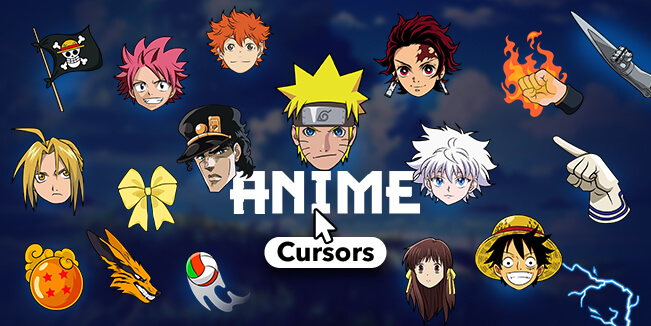
Concert surge fuels K-pop powerhouse’s biggest Q1 sales yet — up 39 percent from last year
Hybe, the K-pop powerhouse behind BTS, Seventeen, TXT and Enhypen, reported its largest-ever first-quarter revenue Tuesday, but the achievement has reignited backlash from fans who say the company is overworking its artists.
The agency posted sales of more than 500 billion won ($350.8 million) for the January–March period, marking a 39 percent increase from the same quarter last year. Of that, 322.5 billion won — about 64 percent — came from “direct participation sales,” including albums, concerts and advertising.
Hybe attributed its performance to a surge in the number of world and solo tours by its artists early in the year.
“Although album sales slightly declined year-on-year, the concert division generated 155.2 billion won — more than triple the figure from the same period last year — thanks to overwhelmingly positive responses to world tours,” the company said in a statement.
The first quarter is typically a slow season in K-pop, as many artists rest after year-end promotions and prepare for new projects. But Hybe defied the trend by sending multiple acts on tour — a move that paid off.
Among the most notable examples is BTS’ J-Hope, who launched his first solo world tour, “Hope on the Stage,” across Asia and the US in February — just four months after being discharged from military service in October. TXT also began its “Act: Promise Ep. 2” world tour in March, performing across Europe and Asia.

While exciting for the fans, the hurried pace also raises concerns about the toll on artists. Some idols have acknowledged the physical strain of their tight schedules.
In June, Jin jokingly wrote on Weverse that he had only taken one day off since his discharge. Though his case isn’t tied to Hybe’s first-quarter results — he was discharged in June 2024 — it reflects the agency’s unrelenting pace. He appeared at BTS’ “2024 Festa” the day after discharge, meeting 4,000 fans at Jamsil Indoor Stadium in Seoul and has since released six solo tracks.
TXT’s Soobin struck a more serious note when, in September, he wrote that he was so exhausted he could barely eat.
“I’m so tired I almost passed out. I didn’t even have the energy to swallow food, so I only ate half of it,” he posted on Weverse. Big Hit later announced Soobin’s medical hiatus on November 19; he returned to activities in February just ahead of the group’s tour.
Enhypen’s ongoing “Walk the Line” world tour began just a month after its previous “Fate” world tour ended in September. The tour has proven to be physically demanding, with the group performing across Asia, North America, and Europe with minimal breaks. Between tour stops, the group is also slated to release and promote its 6th EP in June.
Pop critic Cha Woo-jin said these demanding schedules reflect broader industry trends, not just K-pop. “This isn’t just a K-pop issue — it’s an industry-wide challenge,” he said. “Artists need visibility to maintain popularity, and that comes at a cost. From the artist’s point of view, an agency that actively books performances is a good one — not just for money, but for exposure.”
Cha acknowledged Hybe’s focus on profit but said it has fueled K-pop’s global success. “Yes, Hybe is money-focused. But that’s what got K-pop where it is.”
He also noted that concerts alone are not the main cause of burnout — it is the additional obligations like livestreams and fan content. “K-pop artists perform maybe 20 shows a year. Even on world tours, it’s usually 10 to 30 cities. By contrast, Western artists often perform 100 shows per tour. K-pop tours could even expand further.”

Music critic Lim Hee-yun agreed, emphasizing that world tours and merchandise are central to the K-pop business model.
“K-pop is a superstar-driven, fandom-based business,” Lim said. “Big concerts, lightsticks, merchandise, and paid livestreams are all essential revenue streams. But these must be balanced with careful scheduling to avoid burnout.”
He added that agencies must prioritize artists’ physical and mental health, and protect their privacy. “No matter how successful the business is, it shouldn’t come at the cost of the artist’s well-being.”
